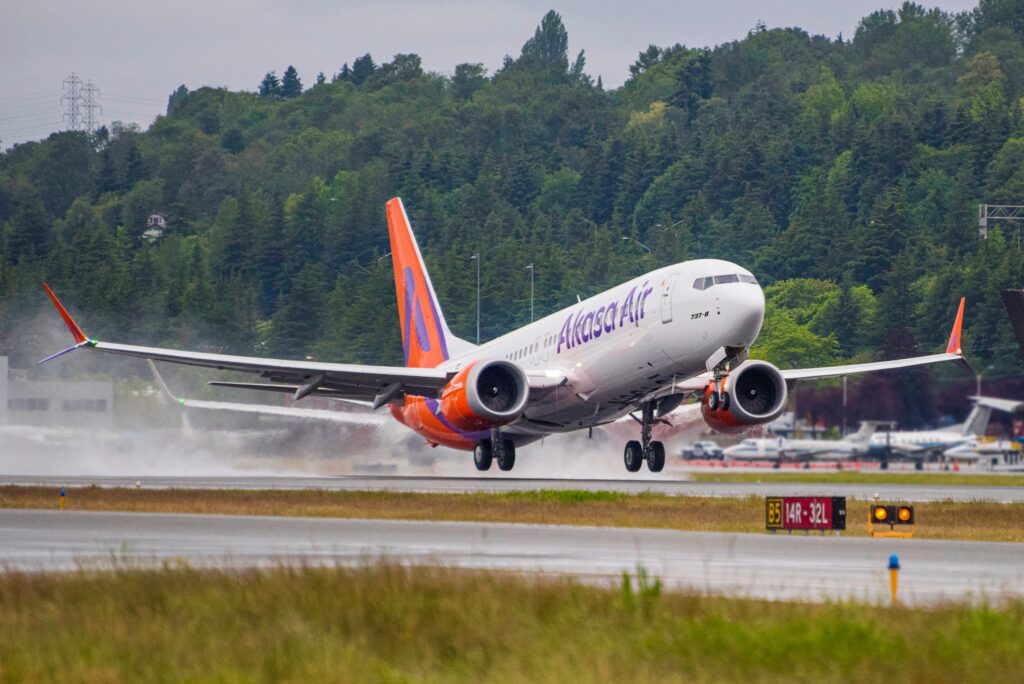
In the quiet town of Plano, Texas, tragedy struck on November 21, 2023, as a small plane crashed into a shopping center parking lot, claiming the life of the pilot. This incident not only sent shockwaves through the community but also ignited concerns about aviation safety. In this blog post, we will delve into the details of the crash, the community’s response, the ongoing investigation, and the broader implications for aviation safety.
Understanding the Plano Plane Crash
The plane involved in the crash was identified as a single-engine Mooney M20. The incident occurred around 6 p.m. local time in the parking lot of a shopping center on West Park Boulevard in Plano. Eyewitnesses described the plane’s erratic behavior, with some noting engine noises and signs of altitude loss before the tragic nosedive.
Upon impact, the aircraft burst into flames, prompting swift responses from emergency crews. Tragically, the pilot, the sole occupant of the plane, did not survive the crash. The National Transportation Safety Board (NTSB) was immediately notified and has since taken charge of the investigation to determine the root cause of the crash.
Community Response and Mourning
The news of the plane crash spread rapidly through Plano, leaving residents in shock and sorrow. Many expressed their condolences to the pilot’s family and friends, highlighting the tight-knit nature of the community. However, amidst the grief, concerns about the safety of small aircraft operating near populated areas surfaced.
Local authorities moved swiftly to address these concerns, assuring the public that all necessary measures would be taken to prevent similar incidents. Calls for vigilance and reporting of suspicious aircraft-related activities became a focal point, emphasizing the importance of community involvement in ensuring aviation safety.
Read Also: Flight Fiasco: When Horses Take Control – A Comprehensive Analysis of the JFK Airport Incident
Aviation Safety Concerns and NTSB Investigation
The Plano plane crash serves as a stark reminder of the critical importance of aviation safety. Small aircraft accidents, while not uncommon, demand thorough investigations to identify potential safety hazards and prevent future tragedies. The NTSB’s involvement underscores the seriousness of the incident, with a commitment to uncovering the factors leading to the crash.
In the interim, it is crucial for pilots to exercise heightened caution and adhere strictly to safety regulations. A keen awareness of surroundings and avoidance of high-risk areas can contribute significantly to preventing accidents. The community, too, plays a vital role in reporting any activities that may compromise aviation safety.
Conclusion: Prioritizing Safety in the Skies
The Plano plane crash serves as a poignant reminder that, while aviation offers convenience and accessibility, safety must remain the top priority. As the NTSB conducts its thorough investigation, it is incumbent upon pilots, passengers, and ground crew members to uphold stringent safety measures.
The tragedy has prompted a collective mourning within the Plano community, emphasizing the human toll of aviation accidents. In the broader context, it is essential for all stakeholders to work collaboratively in addressing safety concerns and implementing measures that ensure the skies remain safe for everyone.
In memory of the pilot lost in the Plano plane crash, the aviation community must recommit to the principles of responsible and safe air travel. Only through collective efforts can we navigate the challenges and tragedies that occasionally mark our journey through the skies.








